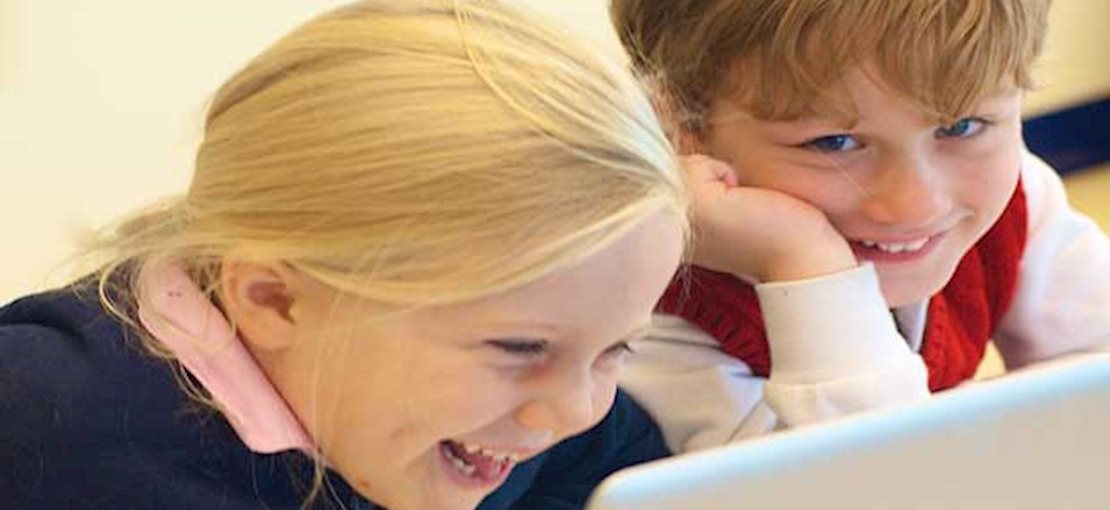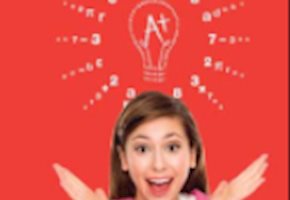Far Hills teachers are making thinking visible through the use of maps called Thinking Maps™ that visualize students’ thought processes. Sequential thinking, patterns, and connections are easily grasped through these maps, which deepen understanding. Thinking Maps™ reduce anxiety by providing familiar visual patterns for thinking and working with complex ideas and situations.
Thinking Maps™ are most effective when used in combination to fully develop a concept or theme. They equip all members of the school community with a common language for meaningful learning and interacting.
The consistency and flexibility of each Thinking Map™ promotes:
- Learner-centered and collaborative learning
- Concept Development
- Reflective Thinking
- Creativity
- Clarity of Communication
- Continuous Cognitive Development
Thinking Maps™ are most effective when used to teach readiness standards or objectives. Disciplinary literacy requires students to think critically, creatively and analytically in all content areas. As students learn different concepts with increasing complexity, they can apply the same patterns for cognition in all areas. Each visual is linked to a specific thought process. By connecting a concrete visual design with a specific abstract thought process, students create mental visual patterns for thinking. These patterns empower students with the tools to become independent thinkers.
Thinking maps are made up of eight specific visual patterns and each map is used for various concrete ways of thinking:
- Circle Maps – are used for defining
- Tree Maps – are used for classifying
- Bubble Maps – are used for describing
- Double Bubble Maps – are used for comparing
- Flow Maps – are used for sequencing
- Multi-Flow Maps – are used for cause and effect
- Brace Maps – are used to go from a whole to parts of a whole
- Bridge Maps – are used for making analogies
Single and Double Bubble Maps are effective when trying to build on a subject. For example, when learning about Martin Luther King, Jr., students are asked to draw a bubble map with spokes to describe themselves as individuals. They then are asked to create a Double Bubble Map to compare him to Rosa Parks that facilitates higher order of thinking for similarities and differences.
In Kathy Rubin’s second grade class, students create Double Bubbles of two characters that they are reading about in their Immigration unit. They also use a tree map to create a super-sentence where you brainstorm around a topic with adjectives/descriptives, verbs, and articles to construct a more detailed sentence. For example, students would begin with a basic sentence “The witch flew.” The Tree Map teaches them to add important details to come up with more detailed sentences like, “The scary witch flew quickly in the dark of night.” According to Ms. Rubin, “students are thrilled to prepare and share their Thinking Maps™ because they are able to thoughtfully describe their reasoning.”
Thinking Maps™ are being used throughout the school to develop critical thinking skills. Using these critical thinking tools at every grade level guides students into a more critical way of thinking beyond who, what, where, when, and why. It helps students express and understand thinking beyond one dimension.
New Coding Curriculum Coming to FHCDS
Moreover, we are currently building a coding curriculum with Tye Campbell, Director of Technology and Jennifer Philips, Director of Intermediate School, as a language of thinking. Since coders create programs to solve, we are using it as a progressive thinking approach as it is another new essential skill. Coding is about learning to think in logical, strategic, and critical ways. It is about learning to problem solve and to create.
Technology and innovation educator Douglas Kiang writes, "Coding is the language of critical thinking. It requires students to define problems, break them into parts, and be resourceful in finding the answers to their problems."
Most recently, a team of fifth graders worked at the Storming Robots Laboratory (http://www.stormingrobots.com/prod/default.html) for the first of their four, three-hour sessions there. This is the second year that our students have participated in workshops at Storming Robots, a fully-equipped and staffed technology learning center that focuses on using robotics as means to inspire children's interest and further challenge their intellect in science, technology, engineering, and mathematics, (S.T.E.M.), analytic, and strategic thinking.
FHCDS has expanded the program this year so that more students (now 20 fifth graders, selected through an application process) can participate in an intensive series of workshops. They will share their knowledge and discoveries with their peers back at school, and in sixth grade, all students will have another opportunity to develop their coding skills through their Information Literacy courses.
There are few learning experiences that engage and excite today's students like coding. I saw this first-hand when our fifth graders worked intently at a high level for the duration of their Storming Robots session. To begin their coding studies, students learned about making flow charts, sequencing, and predicting cause and effect. They immediately applied their learning by using simple codes to program a small robot to do simple procedures. After more guided practice, students worked in pairs on a bigger challenge: use problem solving and math skills to write a more complex code for the robot to accelerate gradually and then stop before hitting a Lego Man positioned at the end of the course. The group to get closest to the Lego man without the robot running him over would win.
Students worked together with complete focus and engagement for 2.5 hours. There was much trial and error and, importantly, lots of failures (The Lego Man was hit many times over!) But most of all, students were excited and engaged throughout the process. During that long period of work, there were no instances of students off task, bored, or giving up.
When a pair of fifth grade girls won the Lego man contest, the lab was full of laughter and some disappointed sighs; all students wanted to know how the team did it, and some were surprised to realize that the girls were among the first to figure out an algorithm to guide their experimentation process. All students wanted to know when they could return to the lab for the next challenge.
Many aspects of this experience struck me, but the most important one is this: our students thrive and rise to challenges when they are engaged together for continuous chunks of time in meaningful, relevant, hands-on, creating and problem solving.
We are working to facilitate more of these experiences in their everyday school lives. Coding and robotics is one promising and essential avenue.
Moreover, Mr. Campbell adds, “Through activities such as coding and robotics, we are enabling our students to tap into their natural desire to tell an object what to do, then have that object do it. This presents the wonderful learning opportunity of thinking on multiple levels, by realizing that one did not consider everything the first time around. Facing those intriguing questions of "What did I forget about?" and "What can I add to this?" - our students' creativity and ingenuity rise to the challenge. While learning a specific programming language may not be required in the 21st century, learning and making use of the techniques and thinking skills gained from coding are and will continue to be an absolute necessity.”
Article courtesy of Far Hills Country Day School.
67 Mine Brook Road, Bernardsville NJ Somerset, 07924. 908-766-0622




Add A Comment
Thank you for your comment.
Sorry! There was a problem with your comment submission. Please try again.
Comment
Allowed HTML: <b>, <i>, <u>, <a>
Comments
Thank you for your comment.
Sorry! There was a problem with your comment submission. Please try again.
Thank you for your comment.
Sorry! There was a problem with your comment submission. Please try again.